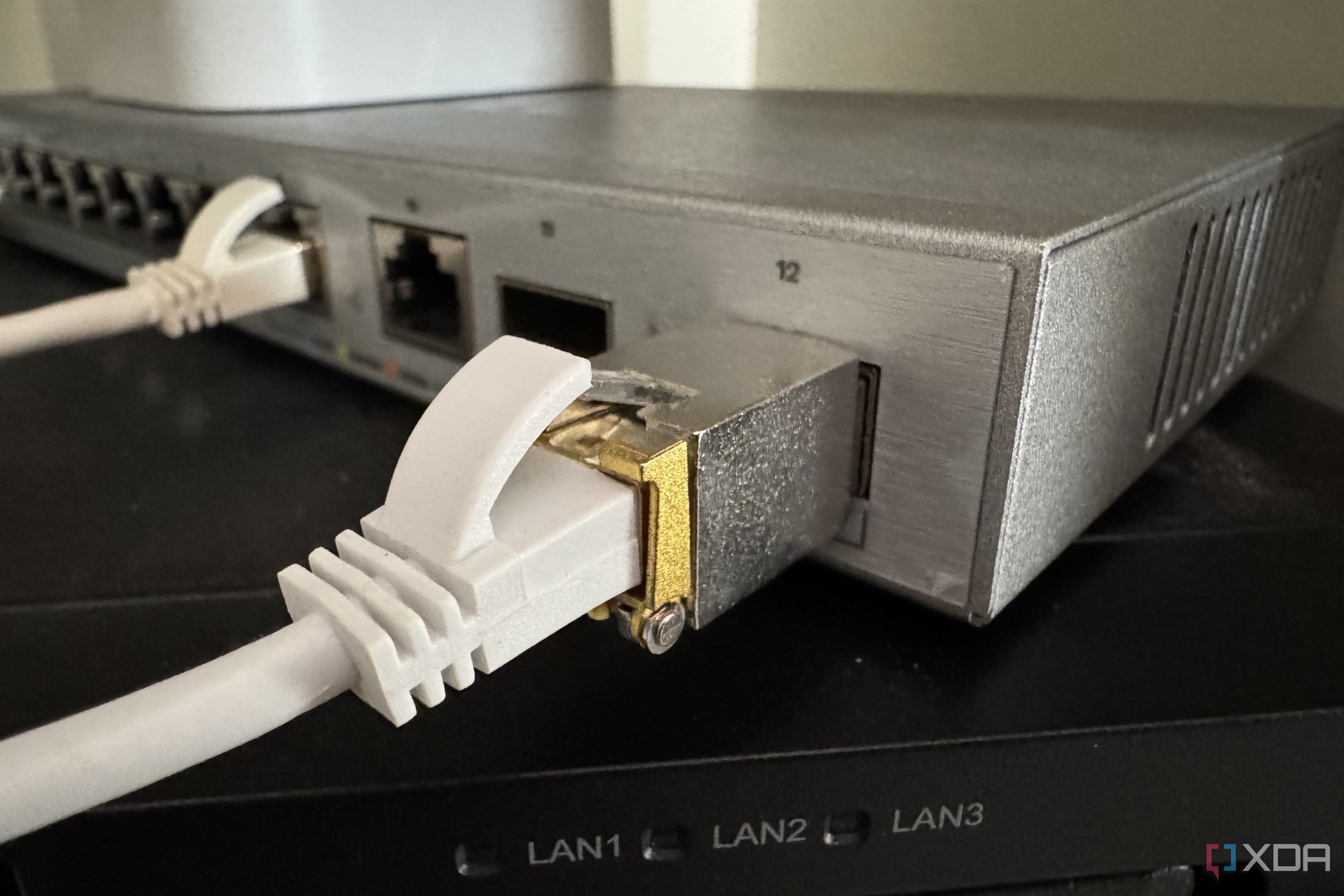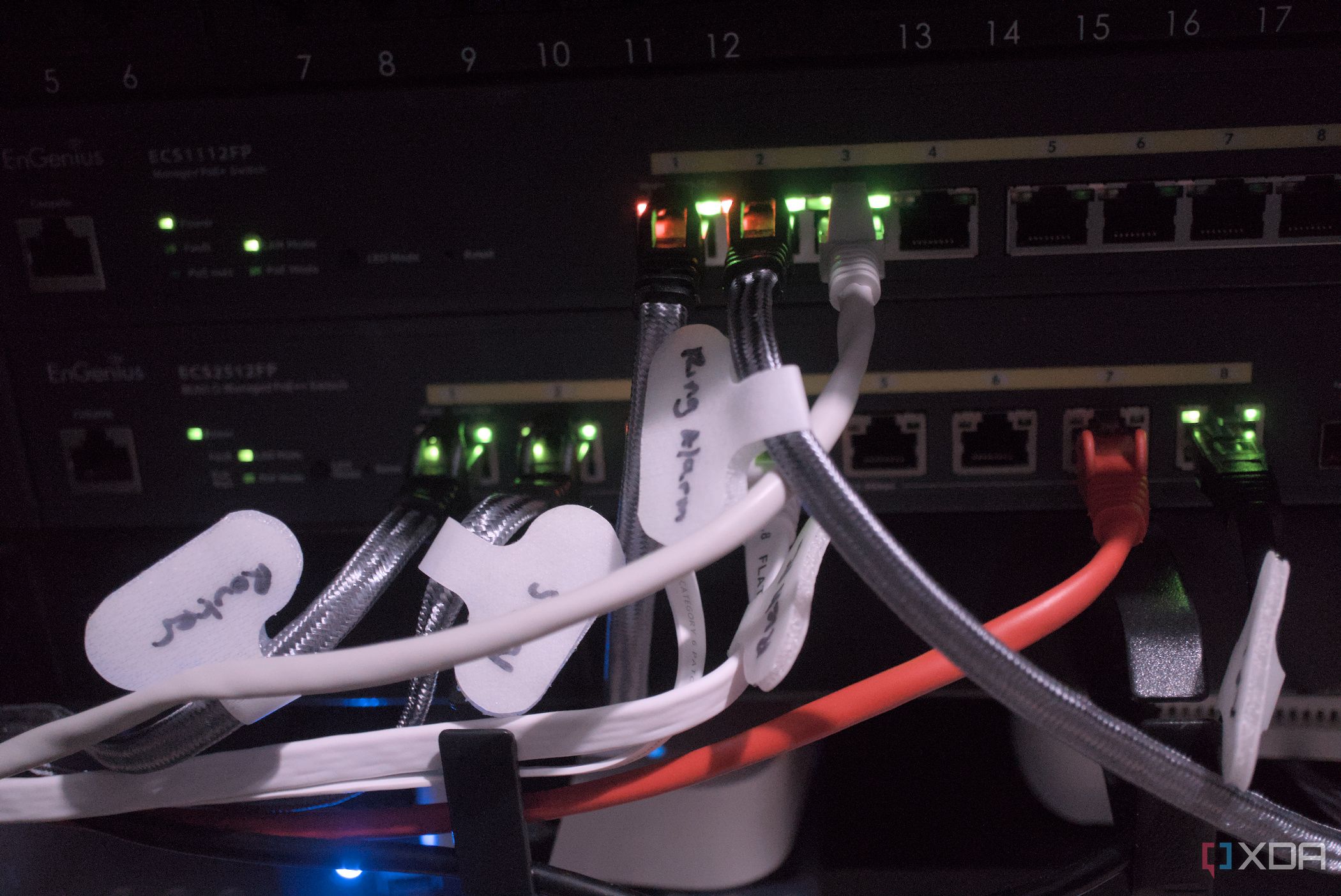One of the drawbacks of renting apartments was that I couldn’t go crazy with my network setup. Between landlord restrictions on pulling cables through the walls and not wanting to see visible Ethernet cables stapled to the baseboards, I had to limit myself to putting in a good mesh router kit. But now I’ve got my own house, and even better, the builders pulled cable runs to several rooms through conduit so that I can fish fiber through at some point.
For a while after we moved in, I was reusing the two-node Eero kit we used in the apartment, partly because it was quick to set up and partly because the builders had left the ends of the Ethernet and coaxial runs coiled together outside. Aside from that, they should have been terminated in the garage; there were other things that I wanted to deal with in the house first, so having the network running was more important than any upgrades.
I’m currently migrating that network configuration (mostly plug-and-play) to a prosumer stack of separate network appliances, and it’s teaching me a ton—not just about networking but also about how much patience I can summon when things go wrong. And of course, sometimes the best plans don’t work. It’s not quite finished, as I want to group some devices on their own VLANs and set up firewall rules so they can talk to each other in certain situations, but it’s getting there.
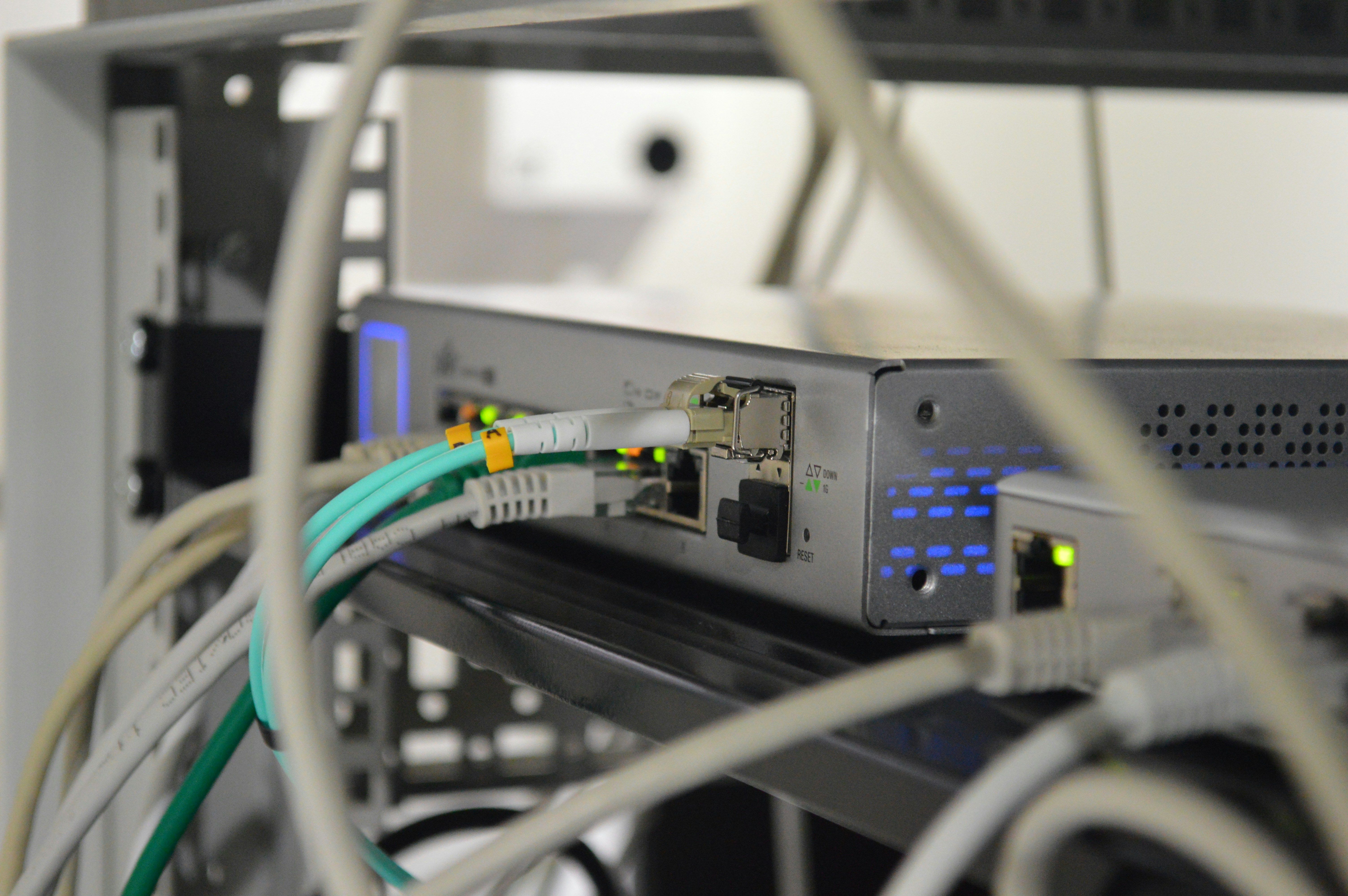
Related
When should you use wired or wireless internet?
There are certain times where you may need wired or wireless internet, and you can follow this guide to help you figure out if you need to switch.
My network has never been faster
From throughput to external connections, everything works better
I always knew that using more expensive networking gear would vastly improve things, but I never realized how much of a change it would be. I’ve used all-in-one Wi-Fi routers or mesh kits of every price point in the consumer sphere, but this stuff is a big speed boost. It’s not just that every port on the hardware firewall or managed switch is either 2.5GbE or 10G SFP+, although the additional throughput over the 1GbE ports I’ve been using is welcome.
It’s also not how many devices the powerful access point can manage. It has security features to complement those on the firewall and switch. It also has features to minimize the interference cellular signals cause, although with how close the townhouses on my street are, I’m pretty sure that using the 6GHz band is much more of a speed boost. One thing that’s stuck with me is how easy it was to set up, with well-written instructions and plenty of other resources I could find. It’s not quite the simplicity of Eero’s app-based installation, but it’s not far off, and was easier than the first time I set up a PPPoE router by far.
I’m pretty sure that part of the boost to perceived speed is from the firewall and managed switch stopping my noisy IoT devices from filling the main LAN with broadcast noise, as they’re now on their own VLAN. The same goes for my collection of streaming sticks, boxes, and smart TVs that are set up because those send an unholy amount of traffic out when allowed to. It might also be simply that the Eero kit couldn’t keep up with how many devices were connected to it, which isn’t out of the realm of possibility, as they did get rather warm.
There’s also one big improvement—I now have plenty of connectivity and the ability to set up VLANs for my home lab, so any happy accidents in that virtual space won’t spill over into the network that the rest of the household relies on for work and entertainment. And that is worth the investment on its own.
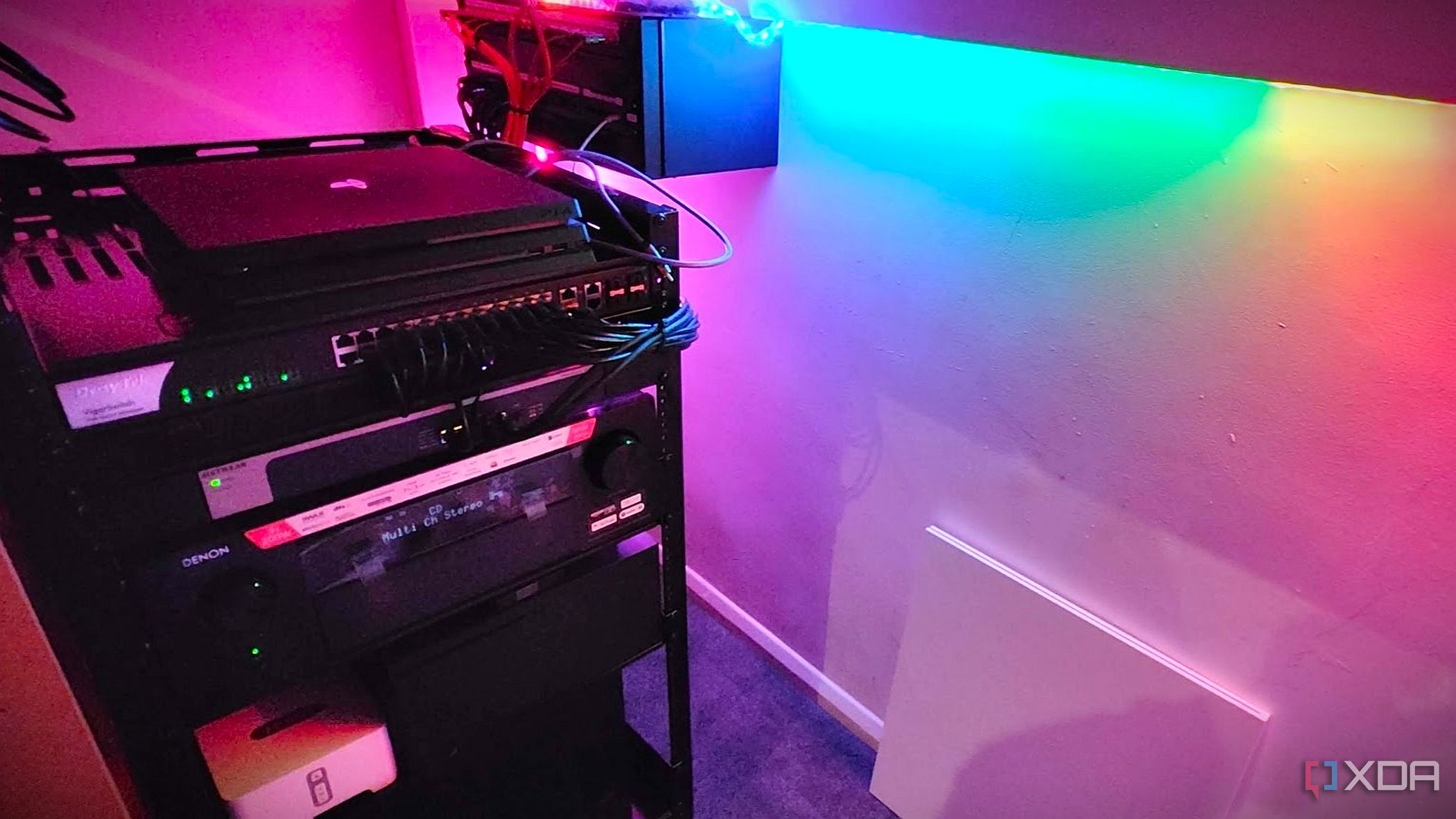
Related
10 ways to make your home network more resilient to outages
Nobody likes having their home network offline, especially if they work from home.
The learning never stops
I seem to have collected a new hobby
When I started this, I thought I had a fairly good grasp on networking, but you don’t know what you don’t know, and I was mistaken. It’s been a constant flurry of learning new skills, putting them into practice, plugging the next piece of hardware in, and repeating the learning process.
It’s not just virtual skills in subnetting, setting up the Zyxel Nebula Cloud Management software, and figuring out where things will be situated. Mounting and powering the networking appliances took some figuring out due to where the network jacks were to the power sockets, and I still haven’t permanently mounted the access point because I want to hide it behind a picture, and the framed ones I have aren’t deep enough, so I’m extending the frame. And for future expansions, I’m armed with the knowledge and practice of terminating cable runs, because it’s not quite as simple as it looks, and you’ll want to avoid the cheapest cable testers, as they’re terrible.
As I get more used to the security software on the USG Flex 500H, I’ll be tweaking rules to better model the everyday use of my devices so that it can spot intruders or issues quicker. I’ll also probably build a small cabinet in the garage to house the networking stack, and maybe add a managed switch on each floor to handle any additional Ethernet runs I want to make for individual devices.
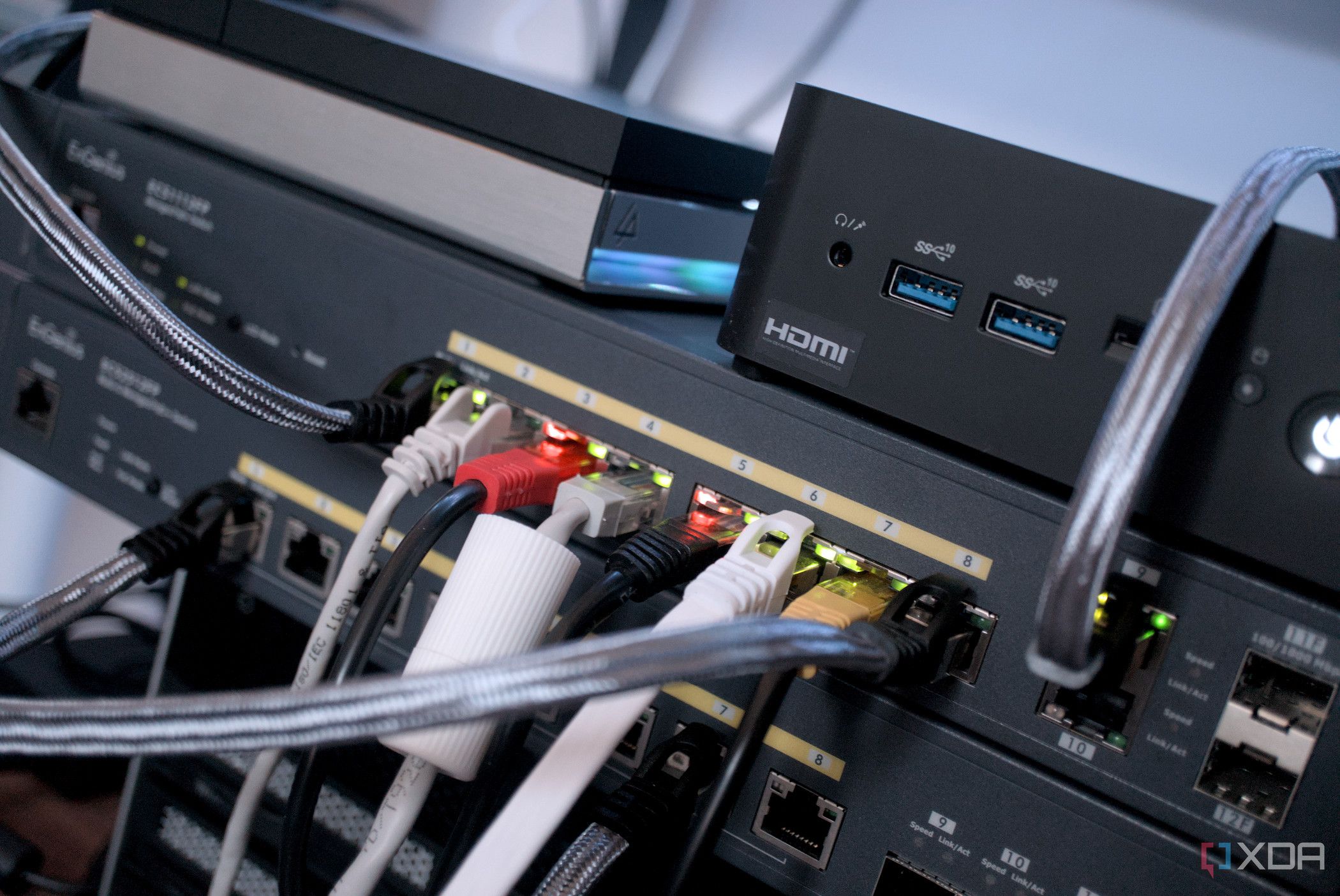
Related
These 5 home networking tools are essential for any Windows user
Troubleshoot, optimize, and secure your home network like a pro
I now have options
My home network is now extendable with little effort
When using the router my ISP provided, I didn’t have many options for extending the network. Sure, I could add a network switch to one of the ports, but as they were all Gigabit speed, it limited the scope instantly. Plus, it was slow and underpowered, and the CPU inside had enough issues routing the handful of wireless devices I owned at the time.
But now I’ve got a powerful hardware firewall with plenty of extra ports to go to switches if I need more Ethernet connectivity, a managed switch with PoE that can be connected to several Ethernet jack points around my home that aren’t in use currently, and a powerful tri-band Wi-Fi 7 AP on the middle floor that’s so far been able to cope with all of my home devices, but I can always put another AP on the top or bottom floors if necessary.
I also don’t have to restrict myself to storing my NAS in the office where the ISP dropped my internet link, because the links between my networking appliances are now all 10GbE. It will probably end up in the spare room closet because the noisy drives won’t bother anyone.
But it’s a lot more work to maintain
The more complex my network becomes, the more critical it is to properly document the setup and back up my firewall, switch, and access point configuration files after any changes. That way, I stand a chance of keeping on top of maintenance and can recover from any significant issues without too much hassle. That’s on top of remembering to label both ends of any Ethernet or patch cables, as well as label any power adapters. I also like to label the networking gear and use the same symbol on the hardware and power adapter so it’s easy to see at a glance which device is for which.
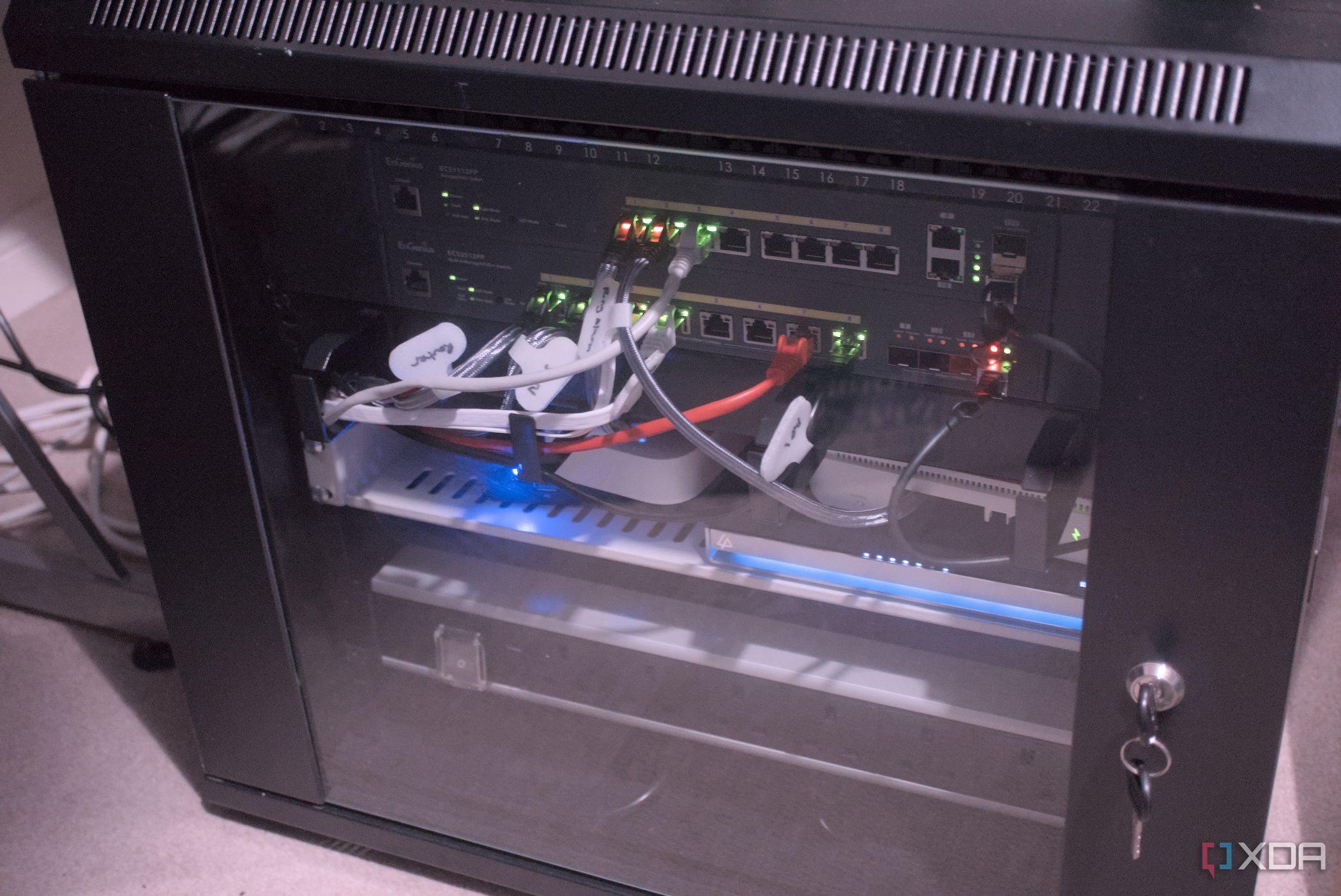
Related
7 network features I regret not using sooner
Don’t sleep on these features (like I did).
My home network has never been faster, but it’s also been a slow journey learning all the technical aspects to get there. I’d do it again, in a heartbeat, so it’s got that going for it, but I’m also the type to throw custom firmware on things, or tweak firmware if possible to get new features. It also means I’m the first (and last) call for tech support if the network has issues, so I’ve kept my Eero kit at hand just in case, so I can quickly restore services while I figure out the issue. Then again, that’s also an enterprise operating procedure, so I think I’m on the right track.



